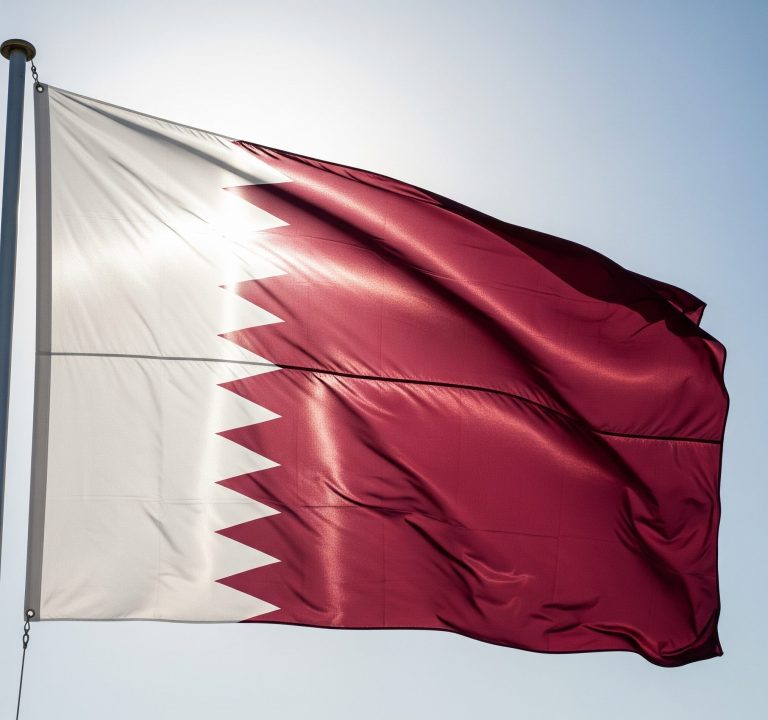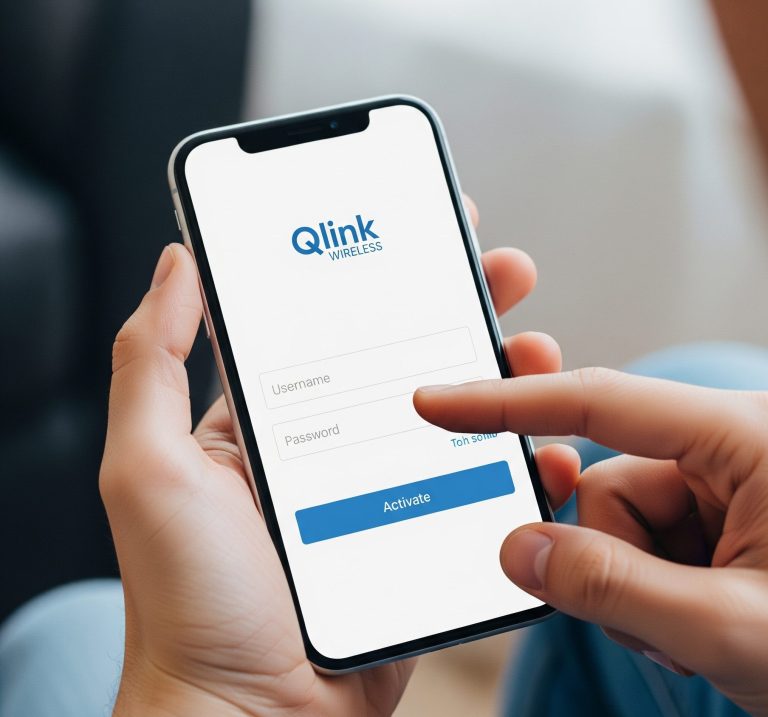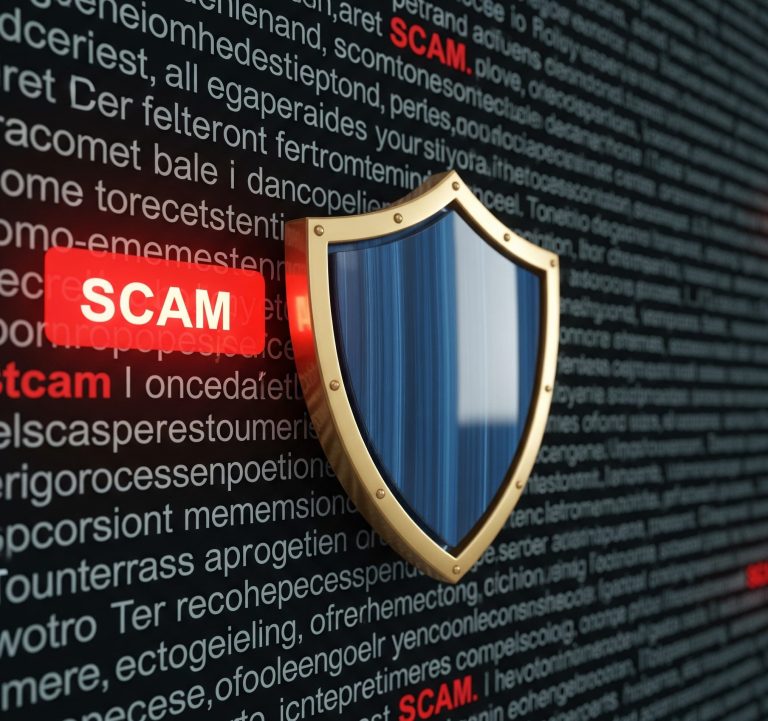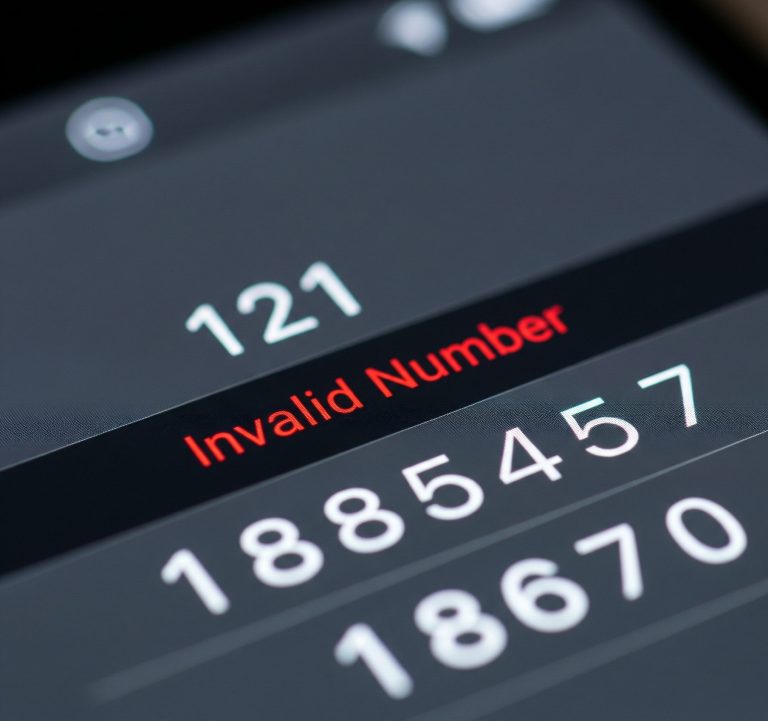In an increasingly interconnected world, understanding the nuances of telephone numbering can be crucial. While most Americans are familiar with the common 2XX, 3XX, up to 9XX area codes that crisscross the nation, the mention of a 967 area code can raise questions. This article aims to clarify why you won’t find a 967 area code in your phone’s directory and what implications this has for American users.
Contents
The Landscape of American Area Codes
The North American Numbering Plan (NANP) is the system used for telephone numbers in the United States and its territories, Canada, and certain Caribbean countries. It’s a fundamental part of how calls are routed and how telecommunications infrastructure operates. Under the NANP, telephone numbers are ten digits long, consisting of a three-digit area code followed by a seven-digit local number.
How Area Codes Are Assigned
Area codes are assigned by the North American Numbering Plan Administrator (NANPA). This organization manages the assignment of numbering resources, ensuring that there are enough unique numbers to meet demand. When an existing area code runs out of available prefixes (the first three digits of the local number), a new area code is introduced, often through an overlay (where a new area code is added to the same geographic region) or a geographic split (where the region is divided, and a new area code is assigned to one of the halves).
The Structure of NANP Area Codes
NANP area codes adhere to specific formats. Historically, area codes could not have ‘0’ or ‘1’ as their middle digit, though this restriction was lifted in 1995. Today, a typical NANP area code looks like NXX, where N is any digit from 2-9, and X is any digit from 0-9. This system provides for a vast number of unique combinations, though finite, which is why new area codes are periodically introduced.
The Curious Case of the 967 Area Code
Despite the vast number of active area codes in the NANP, the 967 area code is not among them. This means if you encounter a phone number beginning with 967, it is not a legitimate domestic US number under the current numbering plan.
Why the Confusion?
Several factors could contribute to the misconception about a 967 area code:
- Typographical Errors: It’s possible for digits to be mistyped, leading to an incorrect area code.
- International Dialing Codes: Many countries outside the NANP use different numbering schemes. A ‘967’ might appear as part of an international dialing code or a specific region’s numbering in another part of the world. For example, dialing codes for some Middle Eastern countries start with 96.
- Fictional Numbers: In movies, television shows, or even scams, made-up phone numbers are sometimes used to avoid inadvertently using real numbers. These often feature unusual or non-existent area codes.
- Future Assignments (Unconfirmed): While highly speculative, it’s theoretically possible that a 967 area code could be reserved for future use. However, NANPA publicly announces all new area code assignments well in advance, and there are no current plans for a 967 area code in the US.

Implications for American Users
If you encounter a number purporting to be from a 967 area code, here’s what you should consider:
- It’s Not a US Domestic Number: Do not expect to connect to a US-based landline or mobile phone.
- Potential for Scams: Unfamiliar or non-existent area codes are sometimes used by scammers attempting to trick individuals into calling premium-rate numbers or revealing personal information. Be wary of unsolicited calls or messages from such numbers.
- International Call Charges: If the number is indeed an international one, dialing it could result in significant international call charges from your service provider. Always verify international dialing codes and rates before making such calls.
How to Verify an Area Code
For American consumers, there are reliable ways to verify the legitimacy of an area code:
- Official NANPA Website: The North American Numbering Plan Administrator (NANPA) maintains a comprehensive database of all active area codes. This is the most authoritative source for verification.
- Reputable Online Directories: Many telecommunication companies and online phone directories provide tools to look up area codes and identify their geographic locations.
- Direct Contact with Your Carrier: If you’re unsure about a particular number or suspect it might be fraudulent, contact your telephone service provider. They can offer guidance and clarify any concerns.
Protecting Yourself from Unknown Numbers
Given the proliferation of spam calls and fraudulent schemes, exercising caution with unfamiliar numbers, especially those with unverified or non-existent area codes like the 967 area code, is paramount.
Best Practices:
- Do Not Call Back Unknown Numbers: If you receive a missed call from an unfamiliar number, especially one you can’t verify, resist the urge to call back immediately.
- Be Skeptical of Unsolicited Requests: Never provide personal or financial information to callers you don’t know, regardless of what they claim.
- Block Suspicious Numbers: Most smartphones and landline services allow you to block unwanted numbers.
- Report Scam Attempts: Report suspicious calls or texts to the Federal Communications Commission (FCC) or the Federal Trade Commission (FTC). This helps authorities track and combat fraudulent activities.
Conclusion
While the concept of an area code is straightforward, the constant evolution of telecommunications and the unfortunate rise of malicious actors necessitate vigilance. The 967 area code serves as a prime example of an area code that, while it might appear in certain contexts, is not currently part of the North American Numbering Plan. By understanding how area codes work and adopting safe calling practices, American consumers can better protect themselves and navigate the complexities of the modern telephone system. Always prioritize verifying unfamiliar numbers and exercising caution to avoid potential pitfalls.







